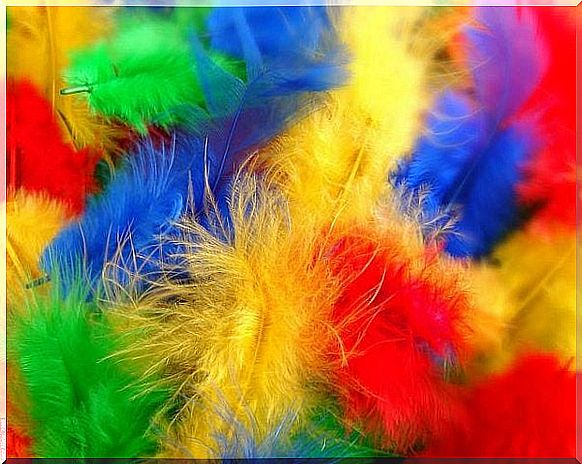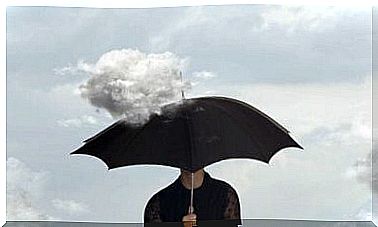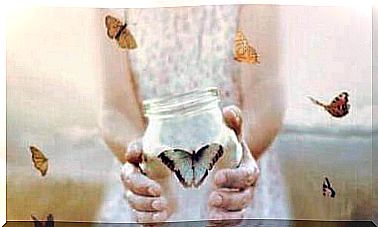Synesthesia: Seeing Sounds, Hearing Colors And Tasting Objects

Imagine that you are petting a cat and you notice the taste of candy in your mouth. Or that as soon as you hear a Beethoven symphony, everything around you suddenly turns blue.
And now consider that you are not imagining this. You really taste candy and really see everything around you turn blue.
This is the wonderful world of people with synesthesia. Synesthesia is a mixing of the senses. It is a condition in which the mutual influence of sensory perceptions ensures that we perceive certain things with several senses at the same time.
This is not uncommon in itself, but in synesthesia the mutual influence is so strong that, for example, colors can be seen, surfaces tasted or colors smelled.
We are not talking here about a mere association or the ‘vague’ seeing, hearing or tasting of something: they really feel it.
Even if the person with synesthesia loses one of the senses, synesthesias can still occur. A person who hears colors, for example, can still experience this even if he is completely blind.
All these perceptions are involuntary. If other people look at a white wall, it will remain white whether they like it or not.
Synesthesias are completely involuntary and thus occur uncontrollably. For years it has been a source of fascination for scientists and artists.
In art, this blending of the senses has composed the palettes of painters, written the sonnets of poets, and composed the music of musicians.
For example, the impressionist painter Kadinsky saw colors by listening to music and painted symphonies in this way.
Or take the poet Rimbaud, who wrote poetry in which he assigned a color to each vowel.
This is, incidentally, the most common form of synesthesia: associating letters or numbers with a certain color.
Of those who experience this phenomenon, we can rightly say that they ‘don’t have all five in a row’.
Scientific research has shown that synesthesia occurs when there is cross-activity between the parts of the brain responsible for processing the senses.
This condition can be genetic, occur during fetal development, or occur as a result of the use of substances such as LSD, magic mushrooms or other psychedelic drugs. It also occurs in autistic people and people with certain types of epilepsy.
If someone with synesthesia suffers from depression, he experiences the depressive feelings much more intensely than other people.
It is estimated that one in two thousand people has a strong form of synesthesia, and that one in twenty thousand experiences a mild form.
However, the exact data is not known and there is a very simple reason for this: people with synesthesia sometimes don’t even know they have it for years. For them, it is simply the way they perceive their environment, and it is only when they share their perceptions with others that they realize that they are experiencing things differently.
Synesthesia is not a disease or disorder. It’s just a special way to enjoy the world.
Some studies even show that it offers a range of benefits when it comes to creativity and memory.
So, if you have synesthesia, simply enjoy the sounds, enjoy what that smell looks like and caress the colors that surround you with your fingers.
Do you want to know more about synesthesia? Then click here!
Featured image courtesy of Lucy Nieto









